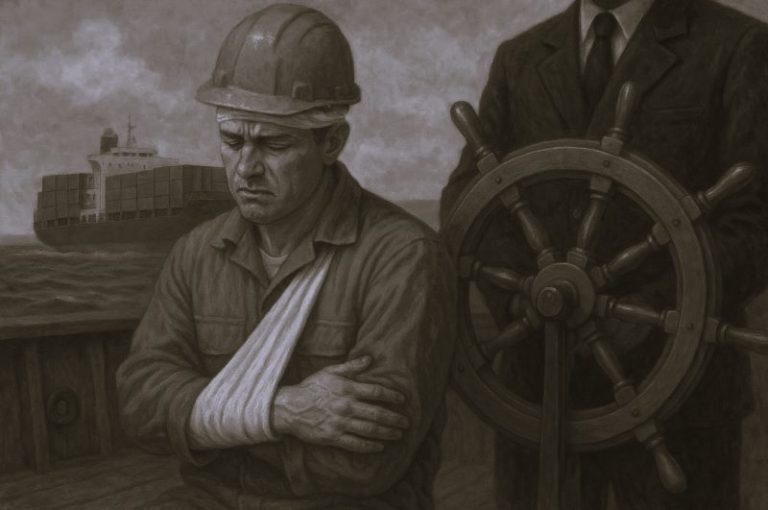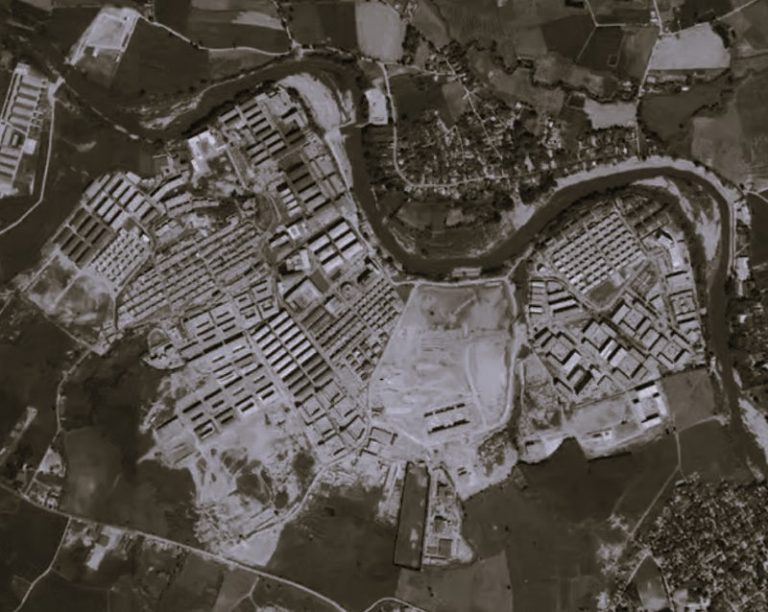
In today’s world, every successful company has its own human resources department, it is viewed as essential, not just for staff welfare but productivity too. Those interested in history or business might be wondering, where did this necessity come from?
Labor Relations and American Industry Pre 1910s
The origins of human resources can be traced back to the period between the years of 1890 and 1910. Increasing levels of unrest in the labor force led American politicians and business owners to evaluate the connection between worker welfare and productivity. These realizations manifested themselves in the plans of industrial betterment, which involved increased recognition of trade unions, the creation of company welfare plans, and further regulations on industrial relations. Aimed at stabilizing the workforce to increase labor-capital and industrial efficiency, the connection between employee welfare and productivity still remains at the heart of human resources to this day.
Human Capital 1920-1950s
America between the years of 1920 to 1950 saw the idea of human capital come to the forefront of the industry. The concept that the skills a workforce possesses are a valuable resource sounds simple enough today, but it transformed the role of the worker into a real asset. During this time, many big businesses introduced internal training schemes and worked with unions to develop stronger compensation packages.
The 1960s-1980s Psychology, Civil Rights and Business
The Equal Pay Act of 1963 and the Civil Rights Act of 1964 made fair recruitment an obligation for businesses. These legislations coincided with an advancing understanding of the psychological motivators that enable individuals to excel at work. Works such as Herzberg’s Two Factor Theory of Motivation illustrated the need for an employee’s work to complement their skill set and interests for optimal output.
It became the job of human resources departments to protect workers’ rights. This can be seen in the further increase of training, record keeping, and increasing employee benefits throughout this period. This was motivated in part by a need to comply with federal and state laws but also due to an increased understanding of the fact that people who like their jobs will probably work harder.
The Growth of Human Resources Departments from the 1990s-2010s
The main change to human resources during this period was due to technological advancements that allowed the office to be anywhere with the internet connection. The 1990s saw an increase in part-time and flexible working hours, while the proliferation of cheap flights and domestic internet access meant that more employees were working remotely. Human resources departments evolved again to encompass more managerial roles to help maintain the organization of a delocalized workforce.
Human Resources for 2020 and Beyond
The 2020s their own change to human resources, as Human Resource Information Systems (HRIS) offer the most effective management by combining many aspects of human resources, business process, and data. This software encompasses the full spectrum of human resources tasks, in addition to analyzing areas such as financial efficiency.
HR is a complex and ever-growing field. It encompasses business, psychology, workers’ rights, and economic productivity. Its evolution is predicted to continue to grow in line with the technological advancements of the business sector.







